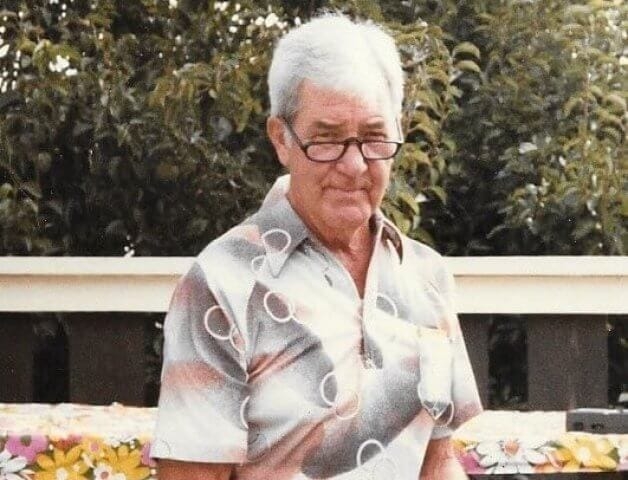Talk Technologies is a family owned and
operated business established in 1947.
operated business established in 1947.
Talk Technologies is a market leader and global supplier of advanced acoustic products, and language interpretation solutions, serving the mobile consumer electronics, education, communications, medical, military, judicial, aerospace, and industrial markets. Talk Technologies uses its leading position in noise cancelling, speech recognition microphones and strong capabilities in audio processing technologies to optimize audio systems and improve the user experience in smartphones, tablets, transmitters, recorders and desktops. Our focus on the customer, combined with unique technology, proprietary manufacturing techniques, rigorous testing and global scale, enables it to deliver innovative solutions that optimize the user experience.
Our perennial research and development in the field of voice attenuating microphones has enabled us to create the lightest, quietest, most accurate and reasonably priced Stenomask ever.
We pride ourselves on having the best products, warranty and customer service in the industry. Please contact us with any questions or suggestions you have.
We are proud to list such distinguished clients as:
- U.S. Army Inspector General- Pentagon
- U.S. Naval Justice Institute
- National Guard Counterdrug Task Force
- Massachusetts Institute of Technology: MIT
- Kennedy Center for the Performing Arts
- NYC Department of Education
- Ohio State University
- Kaiser Permanente Healthcare
- Cincinnati Children’s Hospital
- Australia Council for the Arts
Design & Manufacturing
The mission of Talk Technologies is to identify important new speech technologies and decipher their practical impact.
Our facility is constantly upgrading to the latest in technology and equipment using established and maintained in-house quality control standards. As a team, we employ a design methodology that takes into account the agile and often iterative nature of electronic product development.
“The ability to communicate clearly – combined with our ability to produce functional and cost effective electronic designs – ensures that the end product will always live up to your needs and expectations.”
The Horace Webb Story


The system was born in a Chicago courtroom in the early forties. Its father was a pen shorthand reporter and its mother frustration. I had been writing shorthand in the courts for about two years. But I frequently ran into situations where some double-tongued lawyer or glib witness simply outran me.
“There must be a faster, more accurate way to do this work.”
Though not outwardly apparent, the strain on the reporter increases markedly and shorthand notes begin to disintegrate when the talking speed or terminology difficulty increases. Nonreporters assume the tough part of the reporter’s job is over when the last shorthand note is written. Not so. Until the very recent years, shorthand reporters typically dictated their notes for transcription into typewritten form, roughly two hours dictating for every hour spent in court.
I was struck with the thought: “Since the reporter repeats the entire proceeding with his voice when he dictates his shorthand notes, why not dictate them in the courtroom? Repeat each word into a microphone just as it is spoken! Repeat it with my voice instead of with a pen.” The idea was born and I was elated at the prospect.
My subsequent experiments proved that the reporter would have the “talking” speed to keep up with the fastest speaker, and there would be no need to redictate notes. Furthermore, the reporter would not have to spend years learning to write shorthand in the first place, and his “notes” could be transcribed now or later by a competent typist. All I needed was a simple device to “confine” or “silence” the voice so that others in the courtroom would not be disturbed.